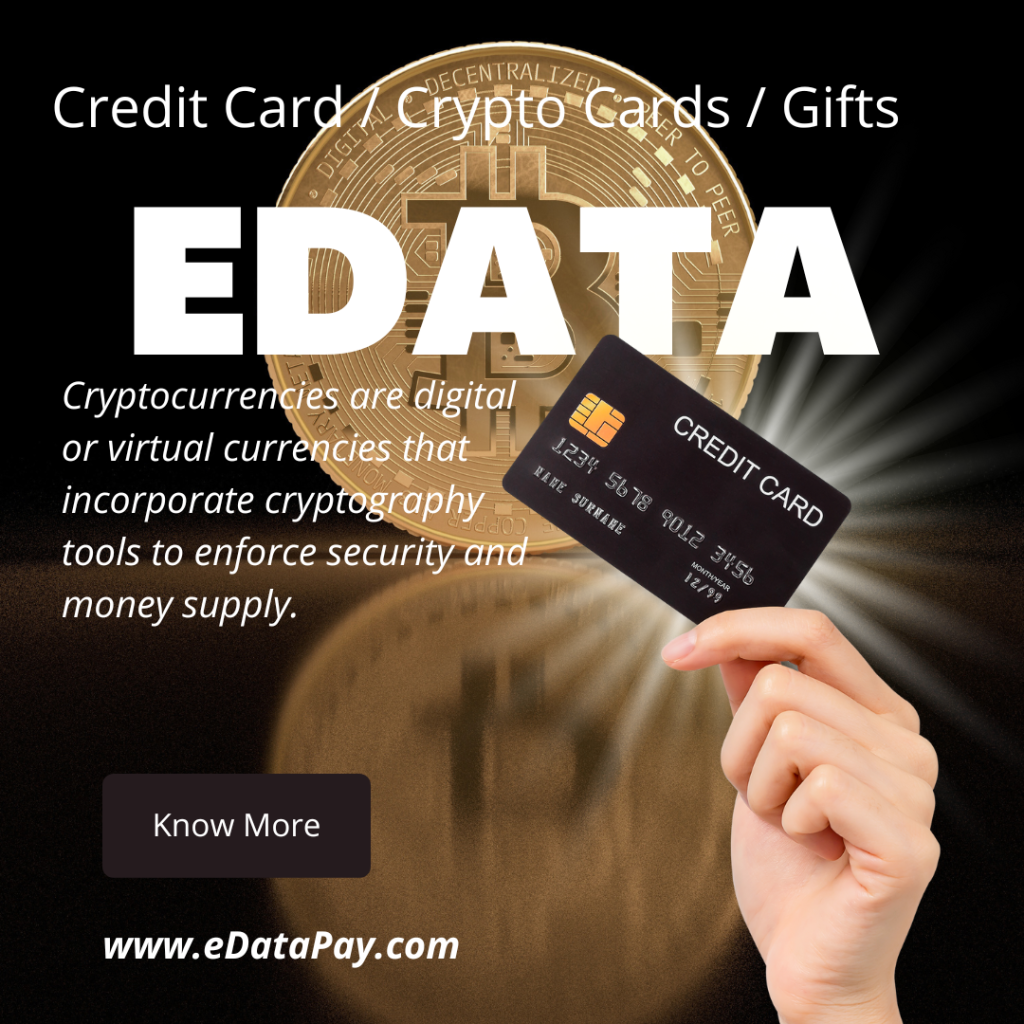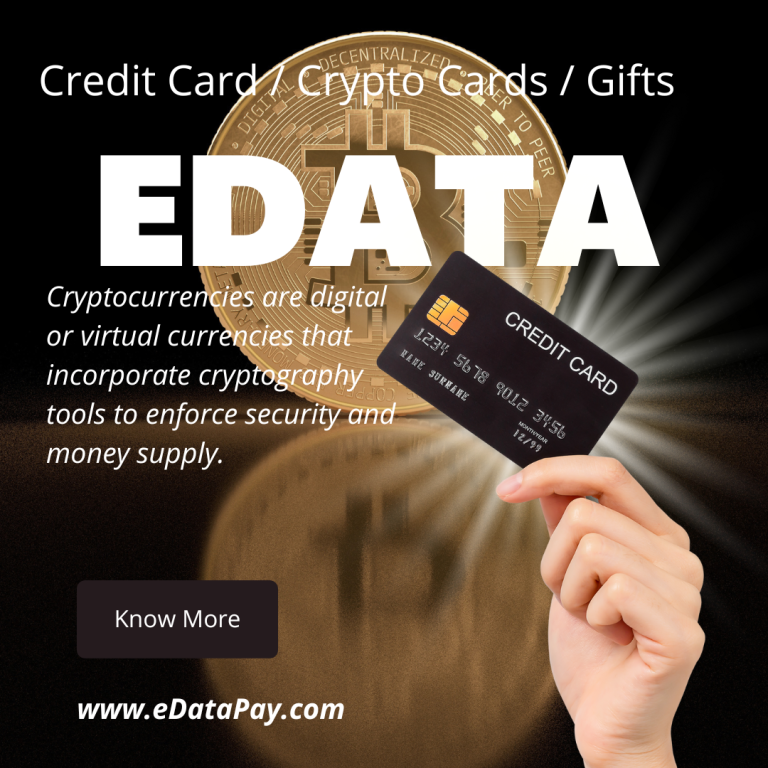What Is Burning Cryptocurrency?
Sending a token to an unreachable address is referred to as “burning” a cryptocurrency. The terms “burner” or “eater” addresses refer to wallet addresses that are utilized for burning cryptocurrency. Tokens are effectively taken out of circulation when they are burned, reducing their quantity. ( investopedia )
Cryptocurrencies are digital or virtual currencies that incorporate cryptography tools to enforce security and money supply.
What Does Burning Crypto Mean? Useful Applications
What Is Cryptocurrency Burning?
Burning bitcoin is the deliberate act of taking a certain quantity of tokens or coins out of circulation forever.
The process of taking tokens, sometimes known as coins, out of circulation and lowering their quantity is known as cryptocurrency burning. The wallet address to which the tokens are transmitted is only good for receiving the coins; it cannot be used for any other purpose. The private keys to the coins are kept in an unreachable wallet, therefore the tokens are no longer usable.
Sending these tokens to an irreversible “burn” address—from which they can never be retrieved or spent—is a common way to accomplish this.
This act has multiple objectives as its main goal. First off, it aids in managing the token’s supply on the market, which has the potential to affect its total worth.
“There is currently no proof that burning cryptocurrency tokens will automatically raise the value of that particular cryptocurrency.” As a result, there is a notional increase in demand, which is really driven by investor and user attitude over how the markets will respond to a reduction in supply.
Projects have the ability to boost demand and raise the value of the remaining tokens by purposefully limiting the quantity of tokens available.
Additionally, burning can be used to reward token holders, fix issuance errors, and reach certain development roadmap objectives for a project.
Gaining knowledge about the idea and reasoning behind cryptocurrency burning provides insight into one of the key processes that projects employ to improve or stabilize the economic dynamics of their coin.
Motives behind Cryptocurrency Burning
Organize Inflation and Supply
Fighting inflation is one of the main motivations for burning cryptocurrency. The value of the currency can be preserved or even raised with a limited supply. Projects can stabilize prices and guarantee the currency’s survival by managing supply.
Reward or redistribute value to holders
Long-term holders may be rewarded through burning. The value of each investor’s investment can rise by increasing the relative share of their holdings, which is achieved by lowering the overall supply.
Take Unwanted Tokens Out of Distribution
Certain tokens may occasionally be deemed unnecessary or redundant within the ecosystem. By eliminating these unnecessary tokens through burning, only the ones that are required to be in circulation are left.
As A Component of a Project’s Plan or Approach
Token burns can be scheduled in advance and designated as benchmarks in the project schedule. These burns can be employed as a tactic to draw in and reassure investors, or they can represent growth or the accomplishment of specific objectives.
Fix Errors or Flaws in a Token’s Code: Software isn’t perfect. Burning the impacted tokens and issuing new ones that are error- and vulnerability-free is one way to address flaws found in the code of a token.
Show Your Support for the Project’s Long-Term Goals
A burn can also be given as a token of friendship. Developers and project founders can demonstrate their support for the project’s long-term goals and dedication to its success by burning tokens.
Reasons for Burning Cryptocurrency: https://www.financestrategists.com/uploads/featured/Reasons.png
Techniques for Cryptocurrency Burning
Transmission to a “Burn” Address
The most popular approach entails delivering tokens to an address that cannot be recovered. Since there is no private key associated with this address, tokens delivered there will always be unaccessible.
Burn Functions in Smart Contracts
It is possible to incorporate a burn function into smart contracts, which would enable tokens to be burned under particular circumstances or at predetermined intervals.
Buy-Back and Burning Processes
Certain projects implement a process wherein they purchase tokens from the open market and subsequently destroy them. This lowers the supply and may help maintain the market price of the token.
Rebase Systems
Rebasing is a more intricate process in which the token supply is automatically modified in response to market conditions. To attain the intended price stability, tokens may be burned or created.

FAQs About Burning Cryptocurrency
Burning Cryptocurrency: What Is It?
The purposeful removal of a specific number of cryptocurrency tokens from circulation by sending them to an address where they are unusable or unretrievable, hence lowering the total supply, is known as cryptocurrency burning.
What makes projects decide to destroy their tokens?
Tokens are burned by projects for a variety of purposes, including controlling inflation, redistributing value to token holders, eliminating undesired tokens, reaching roadmap milestones, fixing faults or errors in the token’s code, and proving their dedication to the project’s long-term goal.
Which techniques are there for burning cryptocurrency?
Tokens can be sent to a “burn” address, smart contracts with burn functions integrated in, buy-back and burn mechanisms implemented, and rebase mechanisms used as the main techniques.
What effects does token burning have on investors and the market as a whole?
Burning tokens can affect how the market is perceived, which could cause temporary price surges. If properly implemented, it has the ability to strengthen investor confidence in the project over time and raise the value of the remaining tokens by making them more scarce.
Are there any legal or regulatory concerns with burning tokens to take into account?
Indeed, there may be tax ramifications for holders during a burn event, and different jurisdictions have differing views on token burns. Projects must make sure they are not unintentionally breaching any rules and keep up with the constantly changing regulatory environment.
The Advantages of Cryptocurrency Burning
- Reduction of Supply, Which May Boost Scarcity and Value: Tokens may become scarcer as a result of a reduction in supply, which may raise demand and value.
- Greater Trust and Transparency Within the Community: Projects that burn tokens, particularly those that do so transparently, can build community trust by demonstrating their dedication and responsibility.
- Offers Flexibility in Token Economy Management: Projects now have another weapon at their disposal to control their token economy and affect market dynamics via token burning.
- Can Stop Spam Transactions or Stop Malevolent Actors: Projects can stop spammy or malevolent activity within their ecosystem by charging (burning) for specific acts.
Disapproval and Fears Regarding Cryptocurrency Burning
- Potential for Developer or Large Holder Manipulation: There are worries that powerful players may take advantage of token burning to influence market dynamics in their favor.
- Ineffectiveness if No Clear Goal or Rationale is Presented: Burning tokens without a clear goal or rationale might be counterproductive, leading to misunderstanding and possibly depreciation.
- May Be Seen as a Gimmick if Not Used Wisely: Using burns excessively or burning without a valid reason might make them appear gimmicry, which lessens their overall impact and usefulness.
- Dangers Associated with Irreversible Decisions and Errors: Burns are irreversible. Errors committed during the procedure, whether deliberate or not, cannot be reversed.
Famous Cryptocurrency Burns: Quarterly Burns of Binance Coin (BNB)
One of the biggest cryptocurrency exchanges, Binance, has committed in its whitepaper to gradually reducing the total supply by burning its native BNB token every quarter.
The Burn and Escrow Release Mechanism of Ripple
Through its escrow arrangement, Ripple releases a set amount of XRP each month. Usually, any unused portion of this release is burned and returned.
EOS’s Burning Tokens to Fight Inflation
To combat the inflationary pressures present in its network, EOS has burned tokens in the past, demonstrating a proactive approach to preserving token value.
Other Prominent Coin Burn Occurrencies
Significant token burning have also been implemented by other projects, such as TRON and Stellar, either as a part of their plan or in response to certain market situations.
Effects of Burning Cryptocurrency on Investors and the Market: Psychological Consequences and Market Views
Token fires frequently generate market noise and affect investor mood. A well-planned and performed burn can increase self-assurance and have a favorable impact on market perception.
Time-Based vs. Space-Based Effects on Token Price
Although fires can cause short-term price rises as a result of hype, the project’s overall health and strategy will determine the long-term effects.
Investor Attitude and Trust in the Project
When done openly and with a good justification, burning tokens has the potential to improve investor mood and project confidence.
In summary
The process of sending tokens to a wallet that is unreachable is known as cryptocurrency burning. Tokens can typically be sent to a burner address generated by the holder’s wallet. This generates new burner wallet private keys that are exclusive to the burner wallet; as a result, the coins are rendered unusable. It is called burning because it is typically linked to burning actual currency.
By burning coins, the quantity of that cryptocurrency in circulation is decreased. This is thought to raise demand, which raises the value. Although it is typically market manipulation disguising itself as an action for the benefit of the blockchain, coin, and community, it is occasionally employed as part of a blockchain’s internal operations.
Burning cryptocurrency is a tactical tool that projects can use to control token supply, fix bugs, and demonstrate their dedication to long-term goals.
Its many uses, which include things like fighting inflation and rewarding devoted holders, are carried out by means such as mailing to a “burn” address or using smart contracts.
Prominent examples such as Binance Coin’s quarterly burns demonstrate how common the practice is. Burning tokens can increase investor trust, which can impact long-term project legitimacy as well as short-term market dynamics.
It is not without detractors, though, such as those who are worried about the manipulation of the market and the irreversibility of burns.
With the growing integration of this mechanism into bitcoin project designs, developers and investors alike must get a thorough awareness of its intricacies, advantages, and potential drawbacks.
In addition, projects need to be on the lookout for changes in the regulatory environment in order to maintain compliance and optimize the advantages of token burning.
eDataPay Media









